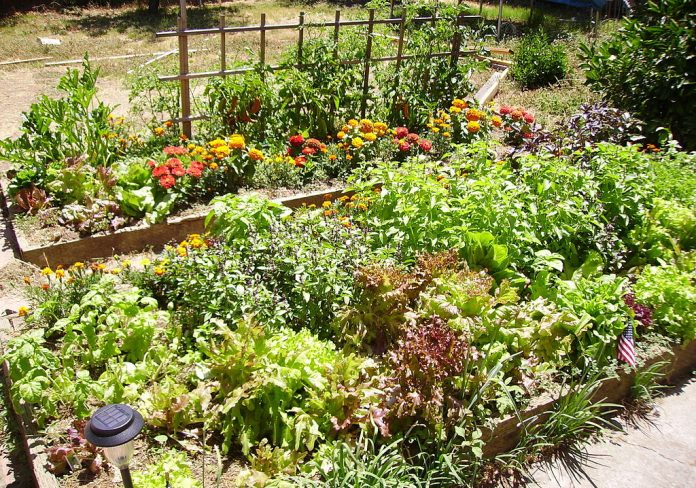By Alayna DeMartini | Ohio State University
Last spring, weeks after schools and restaurants shuttered, people lined up in their cars outside a Miami County food pantry awaiting groceries they couldn’t afford to buy. Some had been out of work for several weeks. Others were unsure if they still had a job to return to.
“You could feel the fear in people. They were frantic to get food,” said Alisha Barton, an educator with Ohio State University Extension.
Barton talked to people in line as she helped with a monthly food giveaway in Miami County, where one in every eight residents on average struggled with food insecurity in 2019 — and that was before the pandemic began. Since then, the food pantry and others across the state have been inundated.
“People tell us their shift has been cut. Their business closed. They were a two-income family and now they’re down to one income,” Barton said. “And we’re starting to see people you wouldn’t expect, people who didn’t need these services before.”
As more and more seek out food giveaways during the pandemic, Barton and other educators with OSU Extension are working to put fresh, healthy food within reach, particularly in Ohio’s rural communities with few grocery stores.
Federally funded program
Over the past six years, the federally funded Voices for Food project has assisted four rural Ohio counties where OSU Extension staff and residents have built a community garden, renovated food pantries and launched food councils to better support people in need.
So far, the effort has focused on rural Ohio counties with the highest rates of poverty and shortages of supermarkets. In Pike County, extension educator Tammy Jones will be receiving funding this year to train food pantry volunteers.
Grocery store setting
When people arrive at the pantry, volunteers will be able to offer tips on nutrition and making healthy and balanced meals. The county will change its current food pantry so it’s more like a grocery store and the experience more like shopping. When families get a box or bag instead of choosing what they take home, they might receive items they’re more likely to end up not using, she said.
Other changes planned for the Pike County pantry include adding job training, assistance with housing, mental health professionals and programs to help cover utility bills.
“It all starts with food,” Jones said. “But typically, they need more than just food. A pantry is a good place to make sure information gets out. That’s really key to helping individuals who might be struggling.”
Along with Pike County, four other Ohio counties — Knox, Hancock, Marion and Summit — will receive grants through the Voices for Food project this year.
Three years ago, Katherine Homonai, an OSU Extension educator in Vinton County, helped organize the effort that paid to improve the loading dock and add shelves and stainless-steel tables at the county’s food pantry.
“The need for food in the county was great before the pandemic, and it’s only gotten bigger,” Homonai said.
Hunger hits the suburbs
That’s also apparent in suburban areas across the state.
“You can’t assume that if people are living in a suburb that they’re well off,” said Dan Remley, an associate professor and field specialist in food, nutrition and wellness for OSU Extension.
Some people in the suburbs have experienced an unexpected hardship, such as a job loss or divorce, that has led them to seeking out food giveaways and other help for the first time, he said.
“There are a lot of people who have suddenly found themselves unable to pay for the basics because they lost their job or lost a work shift as a result of the pandemic,” he said. “We’re seeing a lot of increases in food insecurity in the suburbs.”
A resident in the suburbs or rural counties might also feel more stigma to seeking out free food because of the chance of running into a volunteer who just might be a neighbor or acquaintance.
And in suburban areas, transportation can be tough. Some can’t easily get to food banks or to state offices to sign up for the federal Supplemental Nutrition Assistance Program, previously known as food stamps, Remley said.
“If you’re food-insecure and you live in the suburbs, you might not be aware of services. If you don’t have a car, or your car breaks down, then you’re relying on people to take you places, or you have to risk your life crossing busy streets.”
Whether in the suburbs, rural towns or cities across the state, OSU Extension educators are helping fill the shelves and refrigerators of Ohioans in need.
(Alayna DeMartini is with the Ohio State University College of Food, Agricultural, and Environmental Sciences.)












